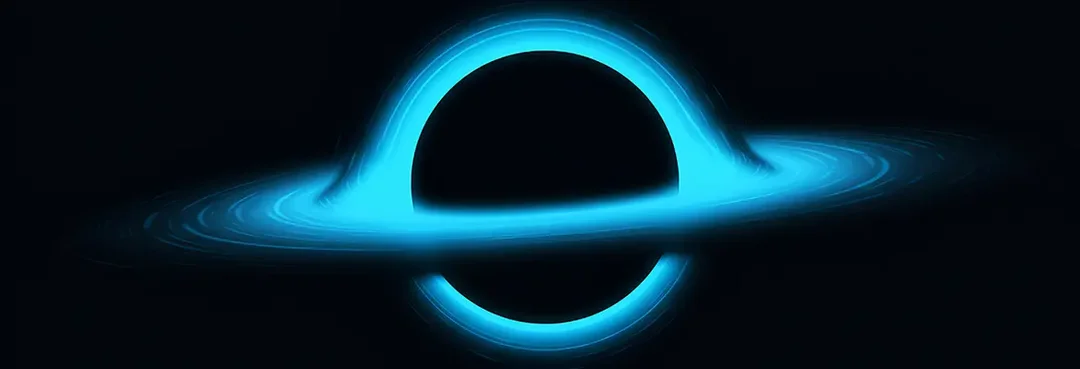
Black Hole Revolution: Challenging Einstein’s Theories with Groundbreaking New Models
Black holes have always been a source of fascination, representing extreme conditions where our understanding of physics is pushed to its limits. Traditionally, they're described as cosmic entities with singularities—points of infinite density where spacetime breaks down. However, a new wave of radical theories is challenging this long-held view, suggesting that black holes might not be as singular as we thought.
Johns Hopkins University philosopher William Egginton argues that singularities are 'cracks in our idea of reality,' echoing ancient paradoxes. Meanwhile, groundbreaking research featured in Sustainability Times proposes that these singularities may not exist at all, replaced by regular black holes or black hole mimickers. These models strive to reconcile black hole physics with the broader understanding of the universe.
The Enigma of Black Hole Singularities
Einstein’s theory of general relativity predicts that collapsing stars form black holes with singularities—a concept that poses a significant challenge for physicists. The idea of infinity doesn't fit within the established framework, leading researchers to seek alternative models.
Introducing Regular Black Holes and Mimickers
Regular black holes replace the singularity with a finite-density core, potentially exhibiting repulsive gravity akin to "de Sitter" space. In contrast, black hole mimickers lack both an event horizon and singularity, resembling black holes but allowing matter and light to eventually escape. The innovative idea that black holes and mimickers could transition into one another marks a significant departure from the traditional, static understanding of black holes. Einstein's equations imply that timeframes for someone entering a black hole and for someone watching this happen from the outside become completely disengaged from one another. Both would experience time as flowing normally from their own perspectives, but something can only get closer to a singularity—it can never arrive.
A Collaborative Approach
Stefano Liberati, director of the Institute for Fundamental Physics of the Universe (IFPU), highlights the collaborative nature of this paradigm shift. A dedicated IFPU workshop brought together leading experts with divergent views and significantly contributed to the outlined three black hole models: standard, regular, and mimicker. The paper also describes how regular black holes and mimickers might form, how they could possibly transform into one another, and, most importantly, what kind of observational tests might one day distinguish them from standard black holes.
Potential Implications for Physics and Astronomy
If these alternative models are correct, they could resolve longstanding issues in black hole physics and provide insights into other cosmic phenomena. Liberati emphasizes that regular black holes, and especially mimickers, are never exactly identical to standard black holes, even outside the horizon, as observations might show something about their internal structure.
Observational Advances and Future Research
While current observations have been groundbreaking, they haven't confirmed or ruled out singularities. To probe these regions, increasingly sophisticated instruments and different observational channels will be needed. High-resolution imaging by the Event Horizon Telescope could reveal unexpected details. Gravitational waves might show subtle anomalies. These efforts could pave the way a new era and may lead to developing a quantum theory of gravity.
The road ahead includes obtaining observational evidence that can substantiate hypotheses relating to alternative models for Black Holes. Future research endeavors will need to focus on developing technologies and methodologies capable of detecting the subtle differences between traditional black holes, regular black holes, and mimickers.
These revolutionary ideas are reshaping our understanding of black holes and gravity. Are we on the verge of a new era in astrophysics? What mysteries still lie hidden within these cosmic enigmas? Share your thoughts in the comments below!